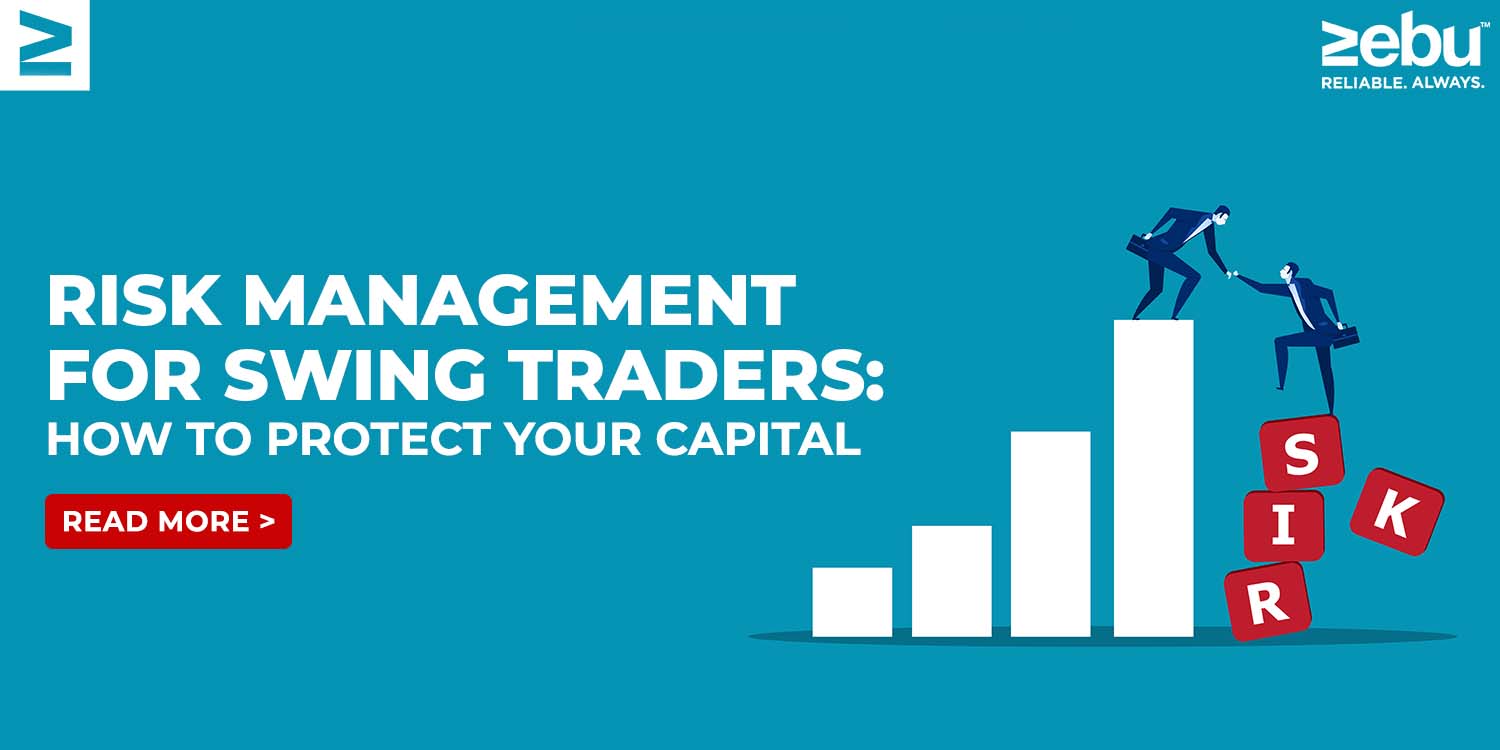
Particularly when it comes to long-term savings and retirement planning, investing in mutual funds may be a great instrument for reaching financial objectives. A form of investment instrument known as a mutual fund pools the funds of several participants to buy a diverse portfolio of stocks, bonds, and other assets. The expert management given by mutual fund managers may assist guarantee that the portfolio of the fund is well-diversified and managed in a way that is in line with the fund’s investment objectives. This diversity can help reduce risk.
The potential for long-term development is one of the biggest advantages of investing in mutual funds, though. The importance of long-term mutual fund investing can be seen in the following ways:
Compounding Interest: By making long-term investments, you may benefit from the strength of compound interest. The interest earned on the initial investment as well as the interest earned on prior interest is known as compound interest. The more time compounding has to work, the longer the investment is kept, leading to bigger returns over time.
Volatility: Short-term trading can be dangerous and the stock market can be unpredictable. Long-term investors may withstand market swings and resist the urge to sell when the market is down by sticking with their investments. By doing this, the investor can benefit from market recoveries and prevent investments from being sold at a loss.
Diversification: As was already noted, mutual funds offer asset diversification, which reduces risk. Mutual funds can lessen the effect of any one investment on the whole portfolio by investing in a number of other securities. By diversifying, an investor may guarantee that their portfolio is well-balanced and isn’t unduly exposed to any one industry or market.
Professional Management: Professional fund managers who have the knowledge and skills to make investment choices on behalf of the fund’s investors oversee the management of mutual funds. This might make sure that the portfolio is well-diversified and managed in a way that is consistent with the investment goals of the fund.
Tax Benefits: Some mutual funds offer tax benefits that may aid investors with their tax obligations. For instance, some mutual fund categories, such those that invest in municipal bonds, can be qualified for tax-free dividends.
Mutual funds can entail some risk, like with any form of investment, so it’s vital to do your homework and fully understand the fund before you invest. When selecting a mutual fund, it’s also crucial to take into account your individual risk tolerance and investing objectives.
Finally, investing in long-term mutual funds can be a useful strategy for reaching financial objectives, especially when it comes to long-term savings and retirement planning. Compound interest’s potency, the capacity to withstand market volatility, diversification, expert management, and tax advantages may all help an investment expand over time. When selecting mutual funds, it is crucial to conduct research, take into account your personal risk tolerance, and have clear investing objectives in mind so that you can make an educated choice that is consistent with your investment plan.








